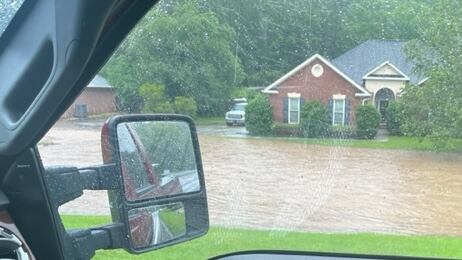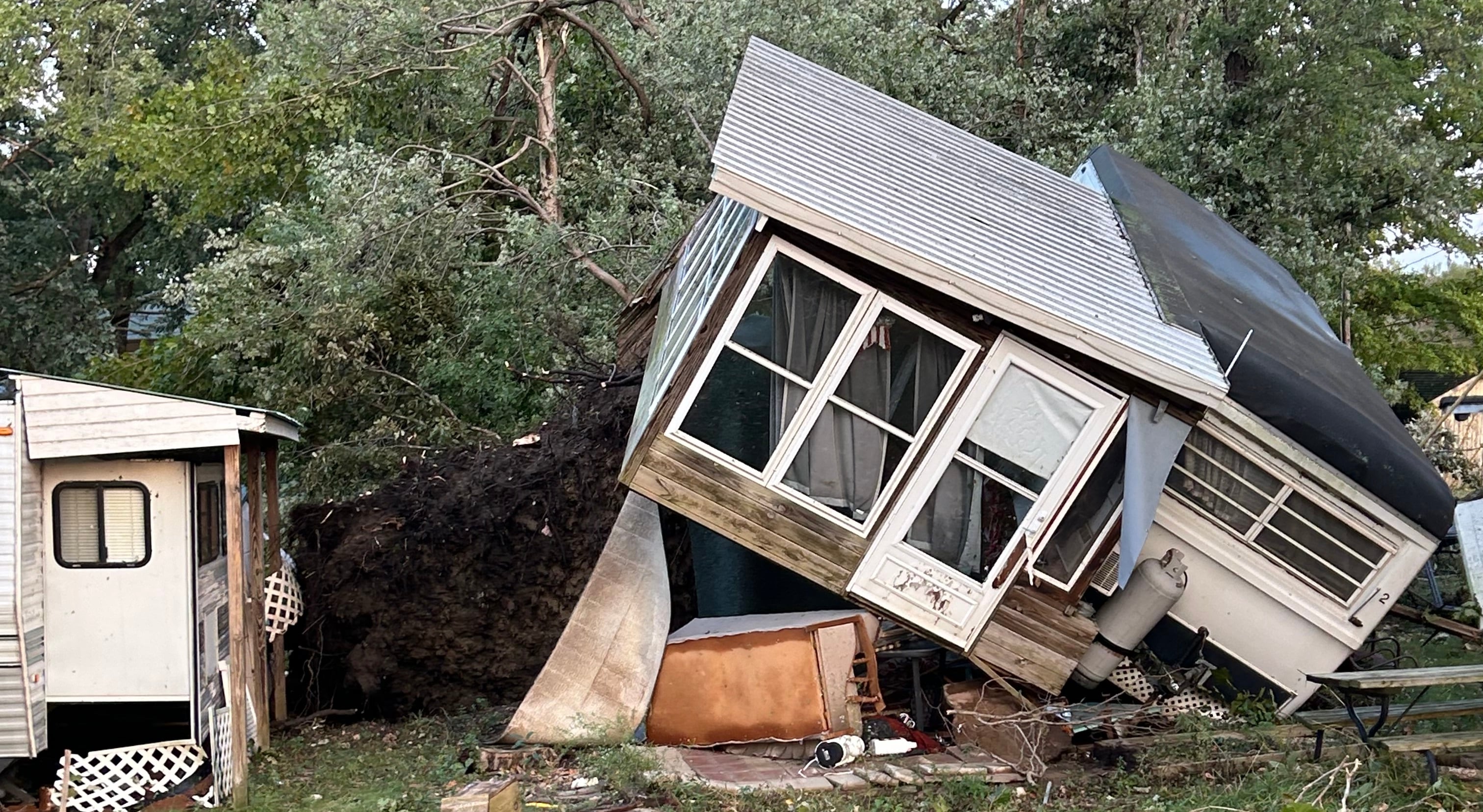Follow this checklist if your car has flood damage after Helene
- Things you should know about hurricanes and tropical storms
- How to protect your home in a big storm
- American Red Cross is prepared to help
AUGUSTA, Ga. - When Hurricane Helene moved through the region, floodwaters might have partially or fully submerged your car.
That can lead to extensive damage and costly repairs, according to experts.
WHAT YOU NEED TO KNOW:
Electric cars can be used to power home devices during emergencies
Aside from Teslas, most electric vehicles have some version of vehicle-to-load or bi-directional charging. Some vehicles also have a hidden plug under the seat.

Helene’s toppled trees, fallen power lines snarl roadways in CSRA
Georgia Department of Transportation crews are out assessing the damage and impacts to the state’s transportation infrastructure caused by flooding, downed trees, and downed power lines from Hurricane Helene.

How to keep yourself and your vehicle safe in flash flood
Despite the fact Georgia is currently in a drought, flash floods can develop slowly or quickly, and come with no warning. That can be a problem if you're on the road.

How to file an insurance claim after storm damage
Any homeowners who sustain storm damage from Helene are recommended to file their claims as soon as possible, according to the Georgia Office of Insurance and Fire Safety Commissioner.

Here’s what to do after the waters recede, according to State Farm Insurance:
First, survey potential damage. Note the depth of the floodwaters in relation to your car. Avoid starting a flooded car; this will cause more damage if there is water in the engine.
Be sure to act quickly. Submersion of a vehicle in salt water — which is more damaging than fresh water — makes the chances of corrosion much higher. Start drying out your vehicle as quickly as possible, and a towing service to get it back to higher ground. Oil, transmission fluid and lube may need draining before a tow.
File a claim. Your insurance company, along with a qualified mechanic, will uncover how extensive the problems caused by flood damage may be. Among other inspections, they will:
- Check the oil dipstick. Look for water droplets, which likely indicate that there is water in your engine. If that’s the case, the cylinders, which are supposed to compress air instead of water, may be broken.
- Remove water-damaged cylinders and check for corroded spots.
- Change the oil and transmission fluid. If the car is not totaled, you’ll want to do this again after the car is in good condition and you’ve been driving it for several hundred miles.
- Check the interior. If floodwaters were more than a few feet deep, water probably made it to the inside of your car.
- Remove all moisture. They might use a wet/dry vacuum to collect standing water in your vehicle, cloth towels to absorb water that has soaked into the seats and carpet, and fans and dehumidifiers to accelerate the drying process.
- Check electrical components. The mechanic might need to replace electrical components.
- Check the fuel tank and line. A siphon pump might be used to remove some fuel in order to see if water is present. If water is found in the fuel (which would naturally separate from the fuel), they will empty the fuel tank completely.
- Once the extent of your vehicle’s flood damage is determined, your insurance company will weigh the costs to repair the vehicle against the cost of replacing it. If your car is totaled (considered a total loss) by the insurance company, be sure to review what that means with your insurance agent.
Copyright 2024 WRDW/WAGT. All rights reserved.














